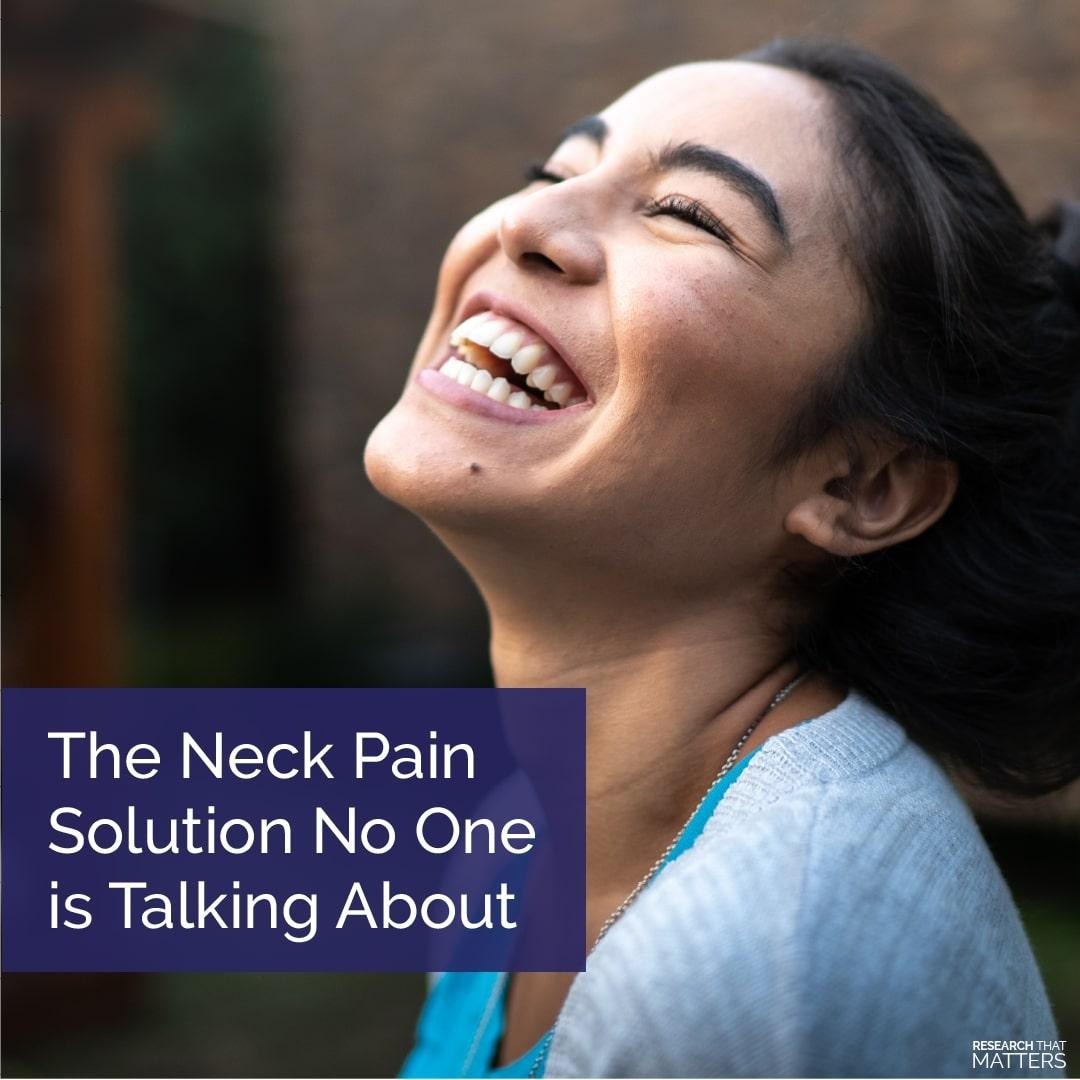
The Neck Pain Solution No One Is Talking About
BOTTOM LINE:
You may not know that a neck pain solution is recommended by most major healthcare organizations that almost no physicians talk about. It works better than medications and is far less risky than injections or surgery. So why hasn't the world embraced it? That's a good question.
WHY IT MATTERS:
Spinal adjustments are the neck pain solution that physicians aren't talking about (until now!). Gentle adjustments to your neck effectively reduce neck pain, improve your range of motion, and even influence your brain and nervous system. Chiropractors focus on the structure and function of your spine. When your spine functions optimally, your body can often heal itself- no medications needed. Research has shown that nearly 80% of people with a disc herniation in their neck found relief with spinal adjustments! So don't let a disc herniation make you believe your condition is too advanced for chiropractic care.
- Drugs and surgery usually aren't recommended for the care of neck pain due to their risks and side effects
- The Cleveland Clinic and American College of Physicians support chiropractic adjustments for the care of neck issues
- Spinal adjustments have been shown to provide more relief than steroid injections for neck pain caused by disc herniation
NEXT STEPS:
We believe that the first step to relief is discovering the cause of your pain. After finding the structural issue causing your pain, we can create a treatment plan to improve your function and reduce your pain. If you or someone you know has struggled with neck pain, give us a call today!
SCIENCE SOURCE:
Chiropractic Care for Arthritis. Arthritis Foundation. 2020
Do you have a stiff neck? Try these simple remedies. Cleveland Clinic. 2015
Outcomes from Magnetic Resonance Imaging-Confirmed Symptomatic Cervical Disk Herniation Patients Treated with High-Velocity, Low-Amplitude Spinal Manipulative Therapy. Journal of Manipulative and Physiological Therapeutics. October 2013
